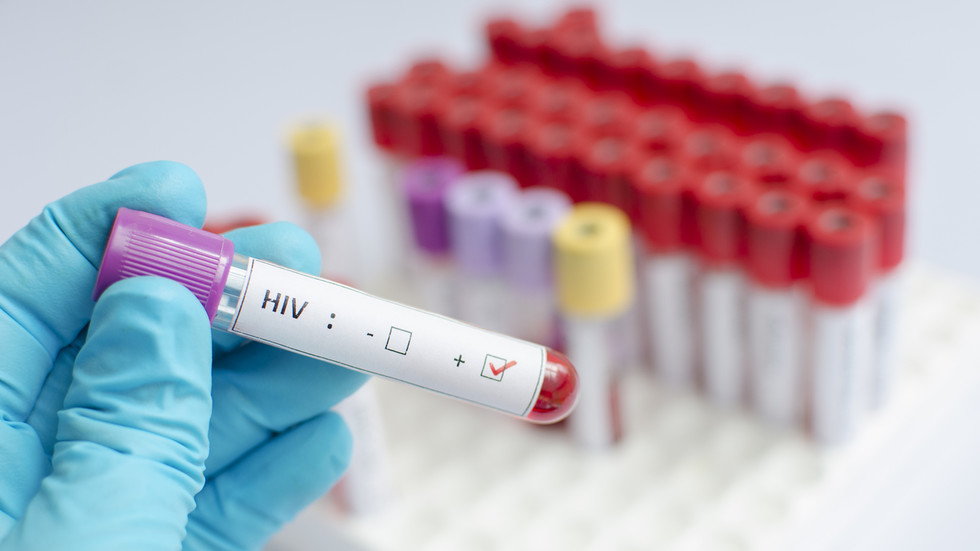South Africa’s HIV Response at Risk as Funding Cuts Loom
South Africa, home to the world’s largest HIV epidemic, faces a public health crisis as international donors reduce funding for critical treatment and prevention programs. With over 7.8 million people living with HIV, experts warn that recent budget cuts could reverse decades of progress, leading to increased infections, drug resistance, and preventable deaths. The funding shortfall comes amid global economic pressures and shifting donor priorities, leaving policymakers scrambling for sustainable solutions.
The Scale of South Africa’s HIV Challenge
South Africa accounts for nearly 20% of global HIV cases despite having only 0.76% of the world’s population. According to the latest UNAIDS 2023 report:
- 7.8 million South Africans live with HIV (13.7% prevalence among adults)
- 72% of patients currently receive antiretroviral therapy (ART)
- New infections declined by 58% since 2010 peak
Dr. Thandeka Moyo, an epidemiologist at Wits University, explains: “We’ve made remarkable strides through sustained ART rollout and prevention campaigns. But these gains are fragile—treatment interruptions could trigger viral rebounds and drug-resistant strains.”
Funding Cuts Threaten Treatment Programs
The Global Fund, PEPFAR, and other donors have historically funded 60% of South Africa’s HIV response. However, recent developments paint a concerning picture:
- The Global Fund reduced its 2023-2025 allocation by $149 million (18% cut)
- PEPFAR’s flatlined funding fails to match inflation and population growth
- Domestic health budget increases lag behind need
“When patients can’t access medications, we see clusters of resistance emerge within months,” warns Dr. Moyo. “The economic impact would dwarf current savings—drug-resistant HIV requires far costlier second-line treatments.”
Domestic Response and Policy Challenges
While the South African government increased its HIV budget to R26.9 billion ($1.4 billion) for 2023/24, analysts note this covers only 60% of requirements. Health Minister Dr. Joe Phaahla recently acknowledged “difficult choices ahead” but emphasized commitment to maintaining ART coverage.
However, civil society groups remain skeptical. “We’re seeing stockouts in three provinces already,” reports AIDS activist Nomfundo Cele. “Without emergency funding, clinics will ration medications by year-end.”
Potential Public Health Consequences
Modeling by the South African Medical Research Council suggests funding cuts could lead to:
- 420,000 additional infections by 2027
- 160,000 AIDS-related deaths within five years
- Economic losses exceeding $21 billion from productivity declines
TB co-infections (present in 60% of HIV-positive deaths) would likely surge, further straining health systems. Pediatric HIV programs face particular risk—only 56% of children with HIV currently receive treatment.
Innovative Solutions and the Path Forward
Experts propose several strategies to mitigate the crisis:
- Local pharmaceutical production: Reducing reliance on imported ARVs through the Partnership for African Vaccine Manufacturing
- Community-led care models: Task-shifting to trained community health workers
- Prevention focus: Scaling up PrEP and condom distribution
As Dr. Moyo emphasizes: “We must view HIV funding not as charity but as pandemic preparedness. Every dollar invested saves $17 in future healthcare costs.”
Global Solidarity Needed to Sustain Progress
With international attention diverted by COVID-19 and other crises, advocates stress that South Africa’s HIV response remains a global health priority. The country’s experience offers lessons for managing chronic epidemics worldwide—but only if funding reflects this reality.
As decisions unfold in the coming months, stakeholders urge donors and policymakers to consider the human cost of retreating from HIV commitments. “This isn’t just about budgets,” concludes Cele. “It’s about whether we value the lives of millions.”
Readers concerned about HIV funding cuts can support organizations like the Treatment Action Campaign or advocate through the Global Fund’s replenishment campaign.
See more WebMD Network



